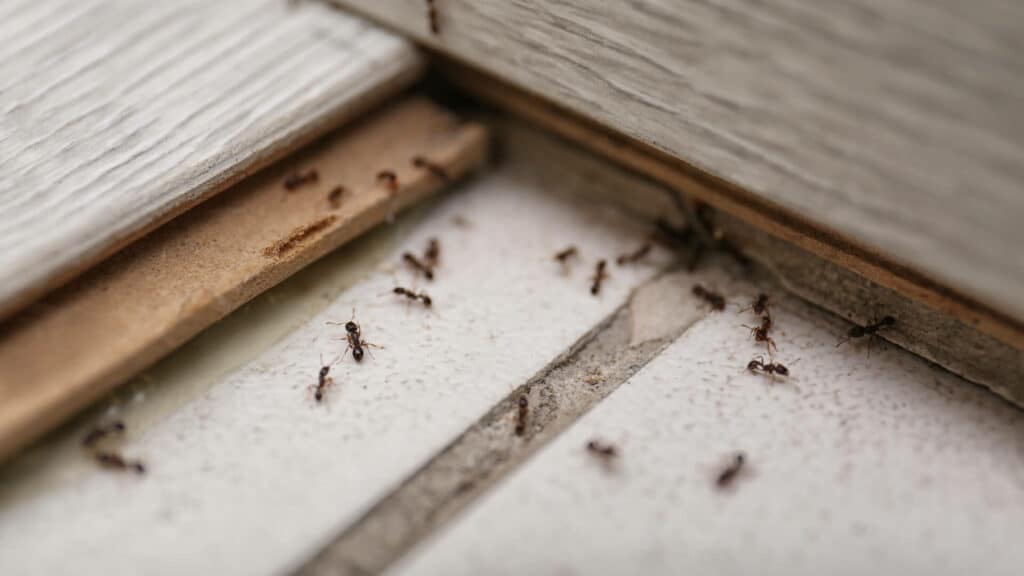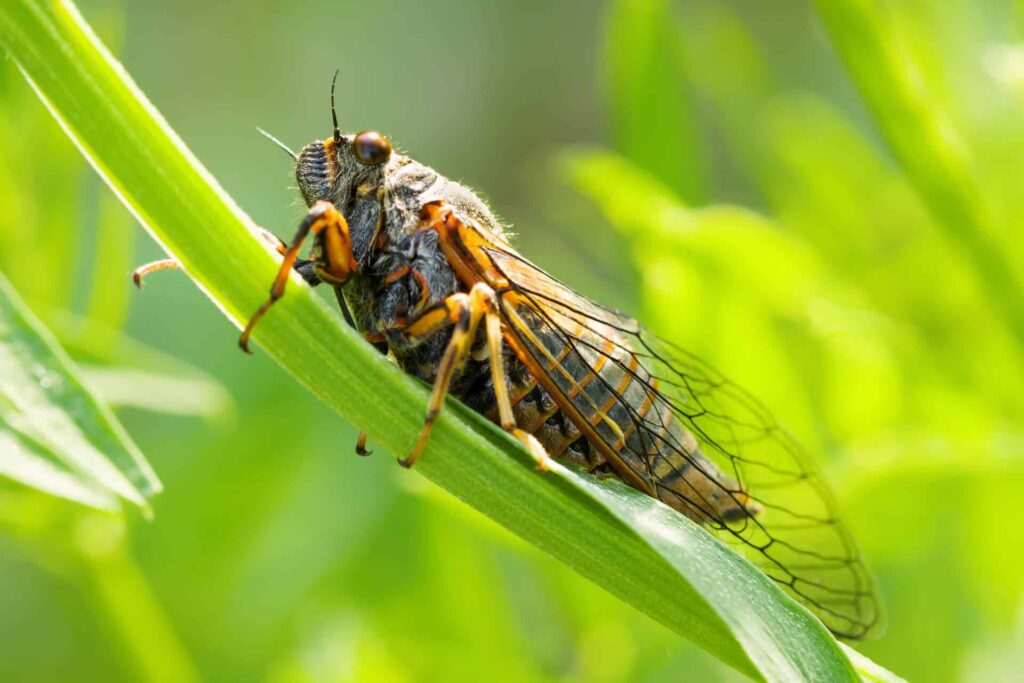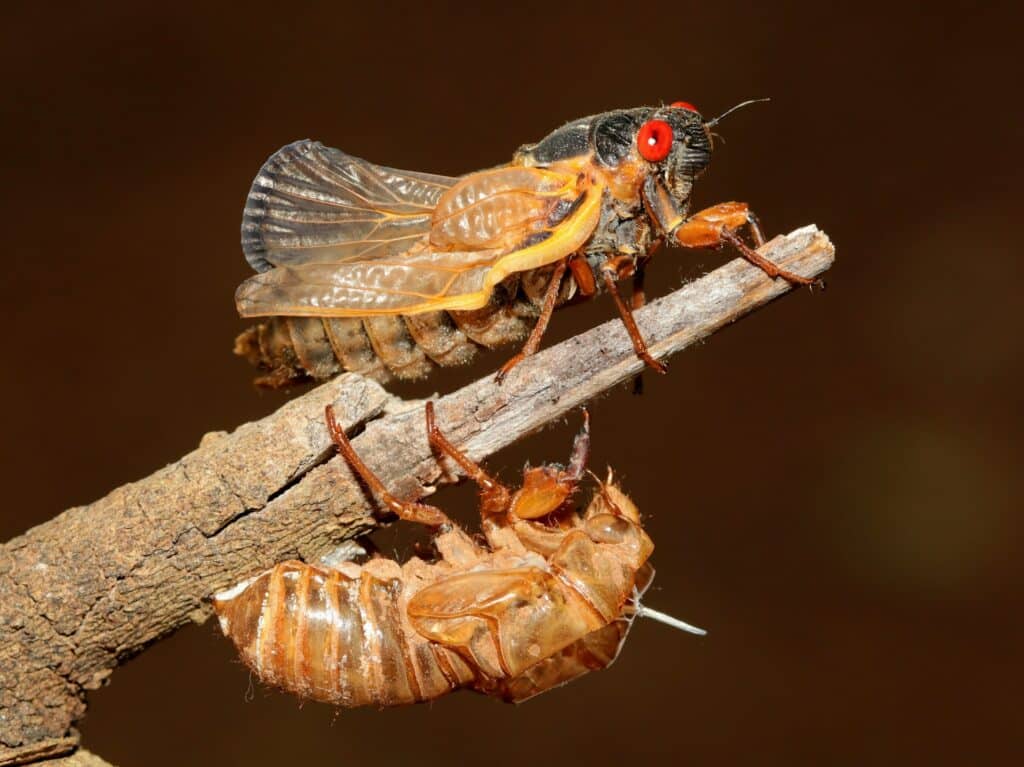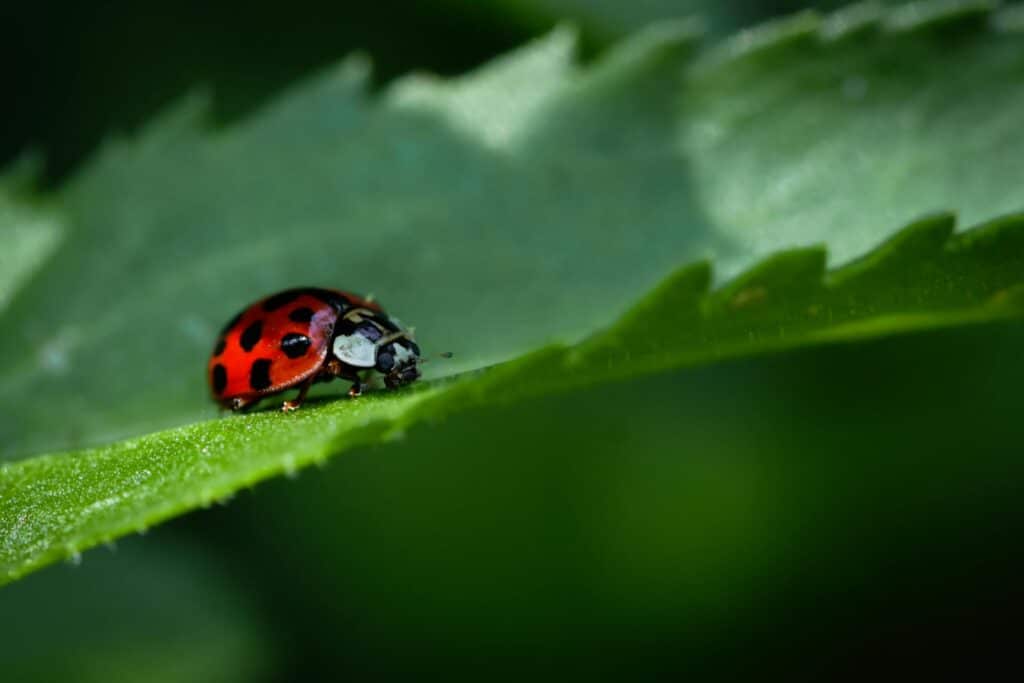If you’re hearing mysterious movement and scratching sounds overhead, there’s a good chance you’re dealing with roof rats—not the basement-dwelling variety of rodents. These agile pests, also known as black rats or ship rats in many regions, rarely establish themselves close to ground level. Instead, they consistently head upward when invading homes. In most residential structures, that means attics become their preferred dwelling space.
Understanding this distinctive preference matters significantly when you’re trying to prevent infestations or determine how these rodents are moving through your home. Knowing what attracts roof rats to specific areas helps you implement more effective prevention and control strategies tailored to their unique behavior patterns.
Attics Give Roof Rats Everything They’re Wired to Want
Roof rats have evolved as exceptional climbers with long, balancing tails and sharp claws that grip various textures. Unlike other rodent species, they aren’t natural burrowers but above-ground foragers that prefer dry, elevated, enclosed spaces.
Your attic perfectly suits their needs—warm, dark, quiet, and often providing access to nearby food sources like fruit trees, compost, or pet food through small exterior openings. Once inside, they create pathways along electrical wires, plumbing chases, and insulation. If you notice droppings, scratching sounds, or displaced insulation in your attic, you likely have an active roof rat population.
Basements Don’t Offer the Same Advantages
Basements lack appeal to roof rats for several key reasons. The higher humidity and damper conditions in most basements, especially older or unfinished ones, are unsuitable for these moisture-sensitive rodents.
Their nesting preferences favor soft, dry materials rather than the concrete walls and cool floors typical of basements. Additionally, basements require ground-level entry through foundation cracks or drain systems—behaviors more characteristic of Norway rats, which are bulkier and less inclined to climb. This distinction explains why effective control strategies must account for species-specific behavior.
Where and How Roof Rats Get In
Roof rats typically enter homes from above through gaps under roof tiles, cracks along eaves, loose vent covers, or unscreened exhaust vents. They need only half an inch to squeeze through. Their climbing abilities allow them to scale walls, cross from overhanging tree branches, or travel along utility lines to reach these entry points.
After gaining access, they move through soffits or fascia boards, then travel inside wall voids or along insulation to establish nesting areas. This strategic behavior explains why they often return to the same entry points if scent trails remain from previous infestations.
What to Pay Attention To
Listen for unusual sounds at night when roof rats are most active. You might hear scratching, squeaking, or scurrying above ceilings or behind walls. Inspect attic insulation for areas that appear flattened, shredded, or stained, and check exposed wiring for gnaw marks.
Look for their distinctive capsule-shaped droppings (about half an inch long) clustered near attic corners, along beams, or near air ducts. Also watch for greasy rub marks along surfaces where rats frequently travel, as their fur oils leave dark smudges that indicate their preferred pathways.
Need Roof Rat Control in your Attic?
If you suspect roof rats in your attic, our pest control service targets rodent control strategies based on their specific habits. Every home presents different challenges—hidden entry points, concealed travel paths, and hard-to-reach nesting areas—but understanding why roof rats prefer attics gives our technicians an advantage in addressing your infestation.
For a comprehensive evaluation, schedule a visit with our pest control experts today, or get a free quote to learn how we can help you eliminate these persistent pests and prevent future problems.









